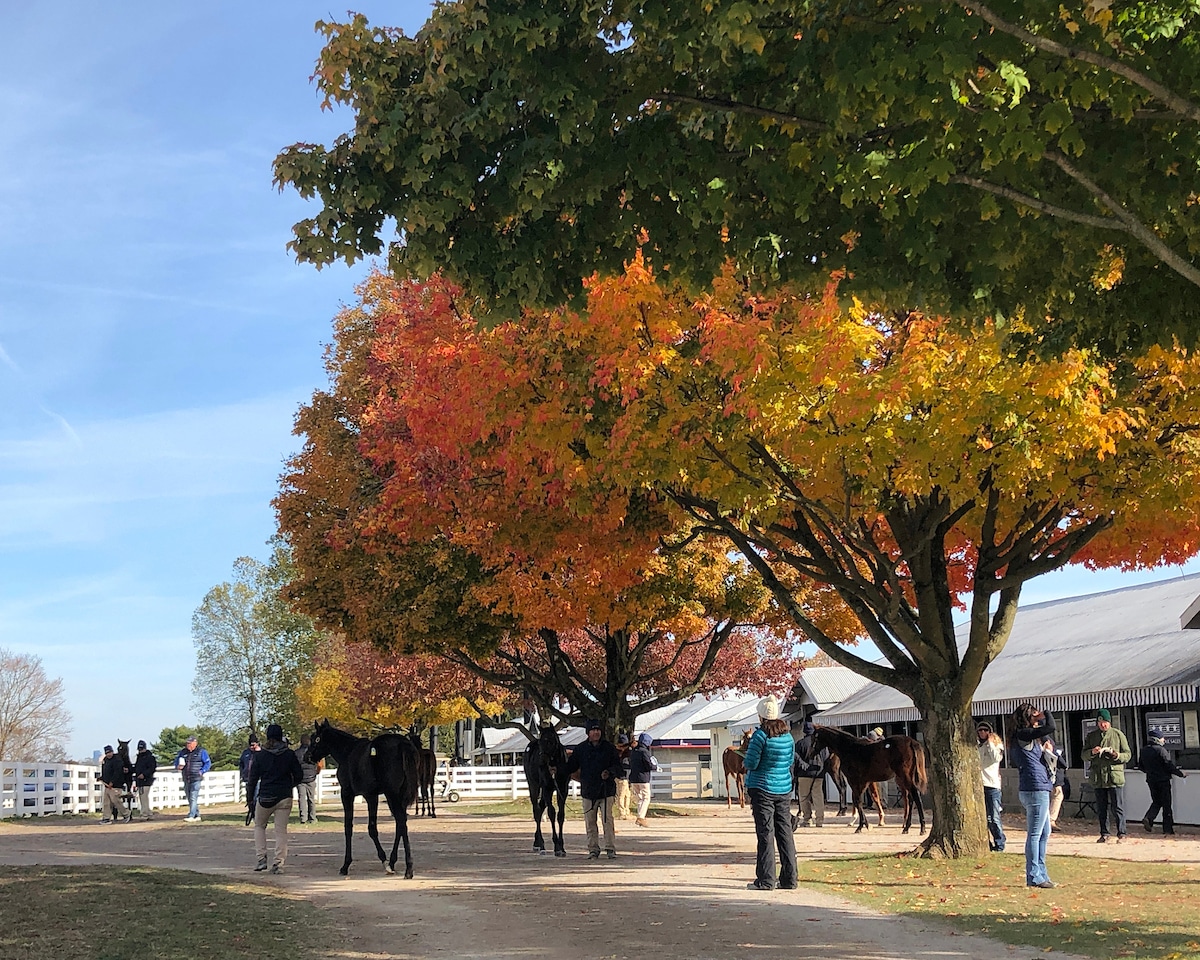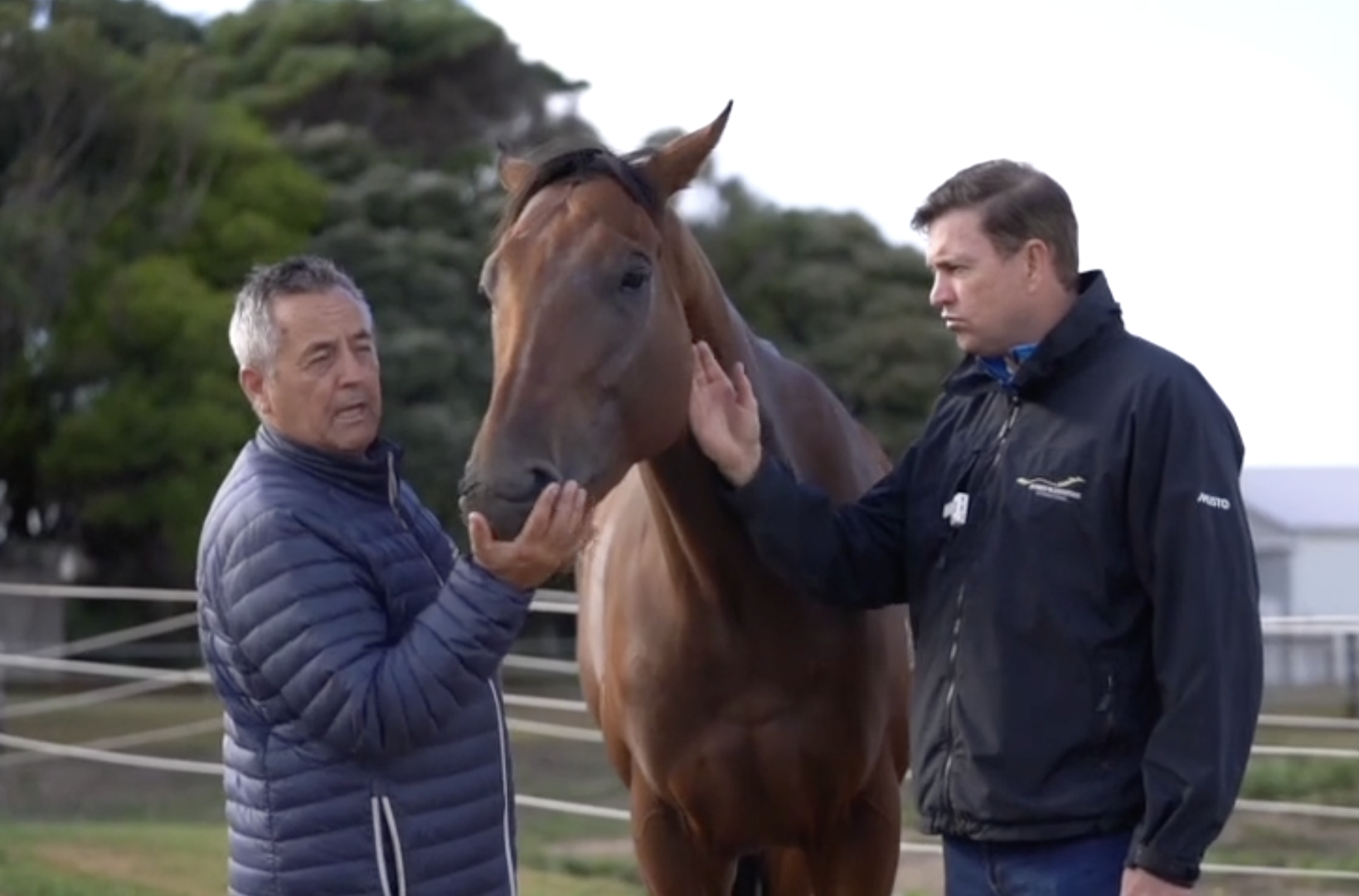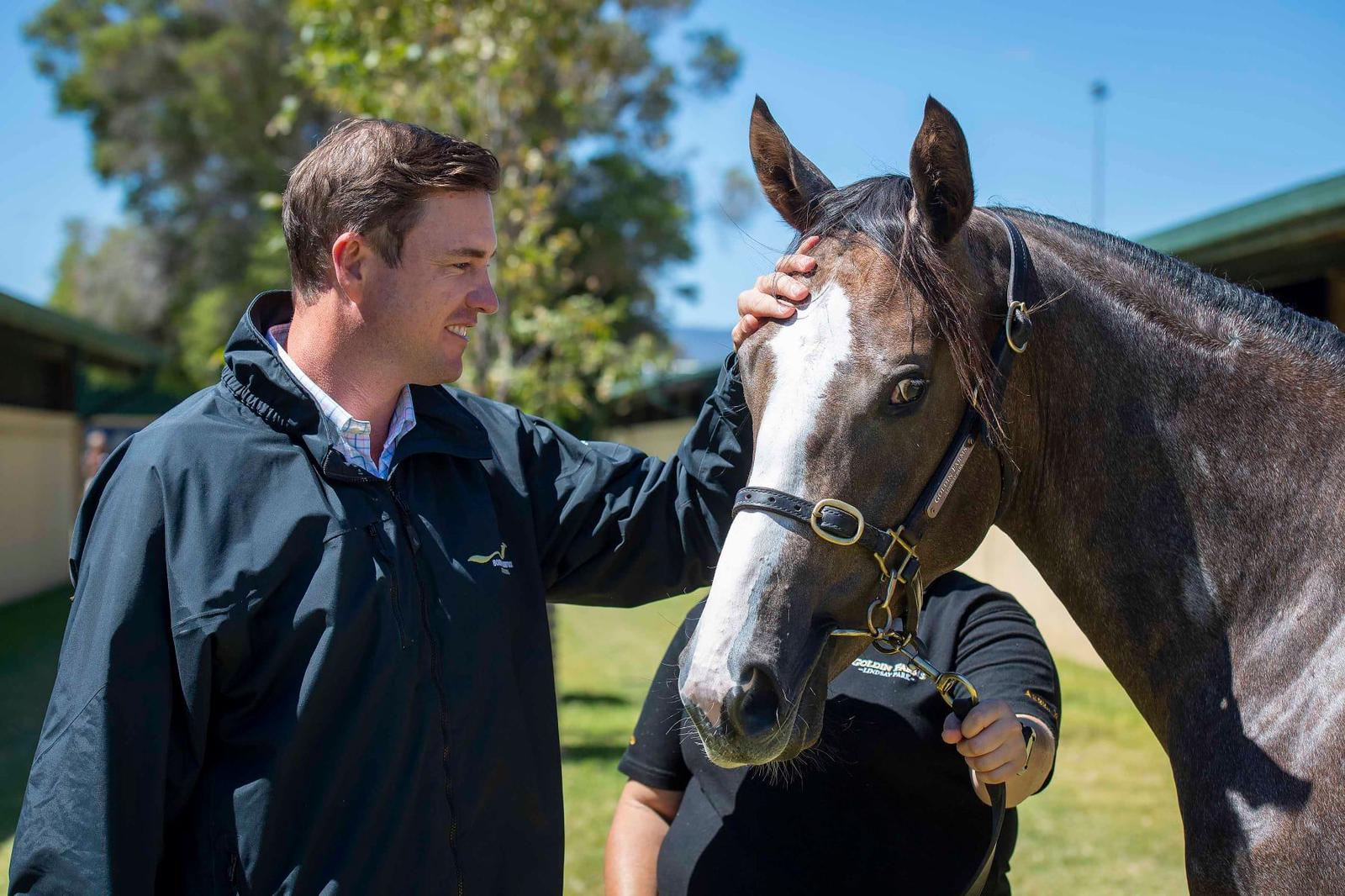When evaluating yearlings, prioritising specific conformational traits is essential to ensuring a successful racing career. Key aspects such as good bone structure and healthy feet are critical, as horses with poor conformation are likely to face injuries and issues throughout the entirety of their lives.
Front Leg Conformation
Front leg conformation is particularly important. The structure of the knees and fetlocks, as well as the formation of tendons, must be carefully examined. Poor conformation in these areas can lead to increased risk of injury, especially under the stress of training and racing. Horses that are back at the knee or have long, soft pasterns are particularly susceptible to tendon issues. The tendons, under full weight-bearing pressure, are more prone to injury if the conformation is not ideal.
Hind Leg Conformation
Hind leg conformation is another crucial factor as it is vital to a horse’s health, performance and longevity. Good hock conformation is a common trait among successful horses.
Over time, an observation I have made is that the best horses consistently have strong, well-formed hind legs that generate essential power and propulsion providing horses with speed and explosive movements. Conversely, horses with poor hind leg conformation, such as those with overly long or weak hocks, are at a higher risk of injury.
Efficient movement, resulting from proper hind leg conformation, reduces energy expenditure and enhances endurance. Additionally, well-formed hind legs minimise the risk of injuries by reducing stress on joints and tendons, ensuring consistent high-level performance. These attributes also contribute to a horse’s aesthetic appeal and versatility, allowing them to excel in various disciplines and increasing their overall value and adaptability.
It’s also important to consider the training system the horse will be entering. Horses trained in environments that push them early are more likely to sustain injuries if their conformation is not optimal. On the other hand, horses in more forgiving training environments, such as those trained on beaches or an incline where they are given time to develop, may fare better despite less-than-ideal conformation.
Ultimately, when evaluating yearlings, I prioritise structural soundness. Horses with good bone structure, healthy feet, and strong leg conformation are more likely to have successful and enduring racing careers. By focusing on these key traits and considering the training environment, we can increase the chances of selecting yearlings that will thrive on the racetrack and beyond.
Read about the cost of shares in a racehorse here:








